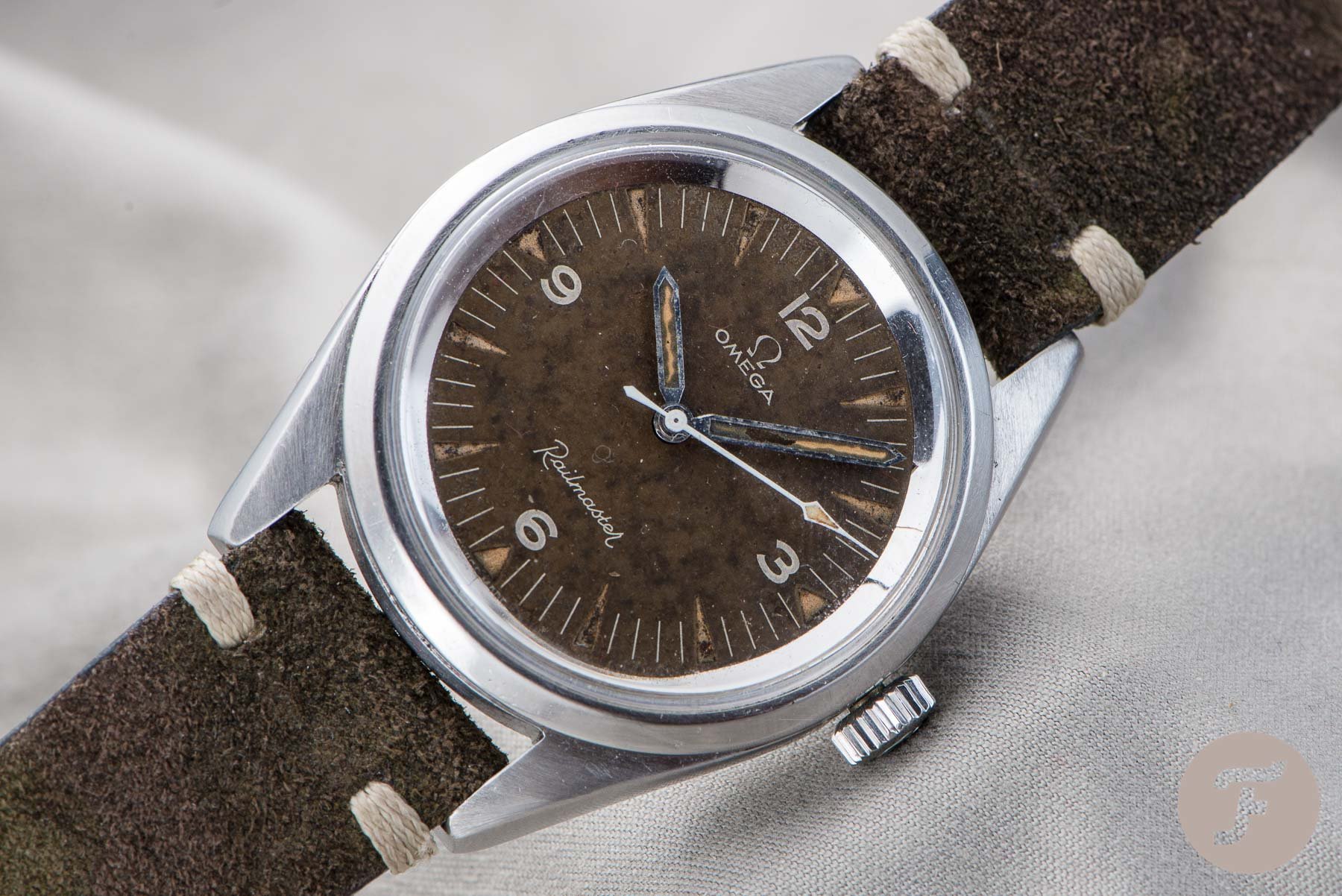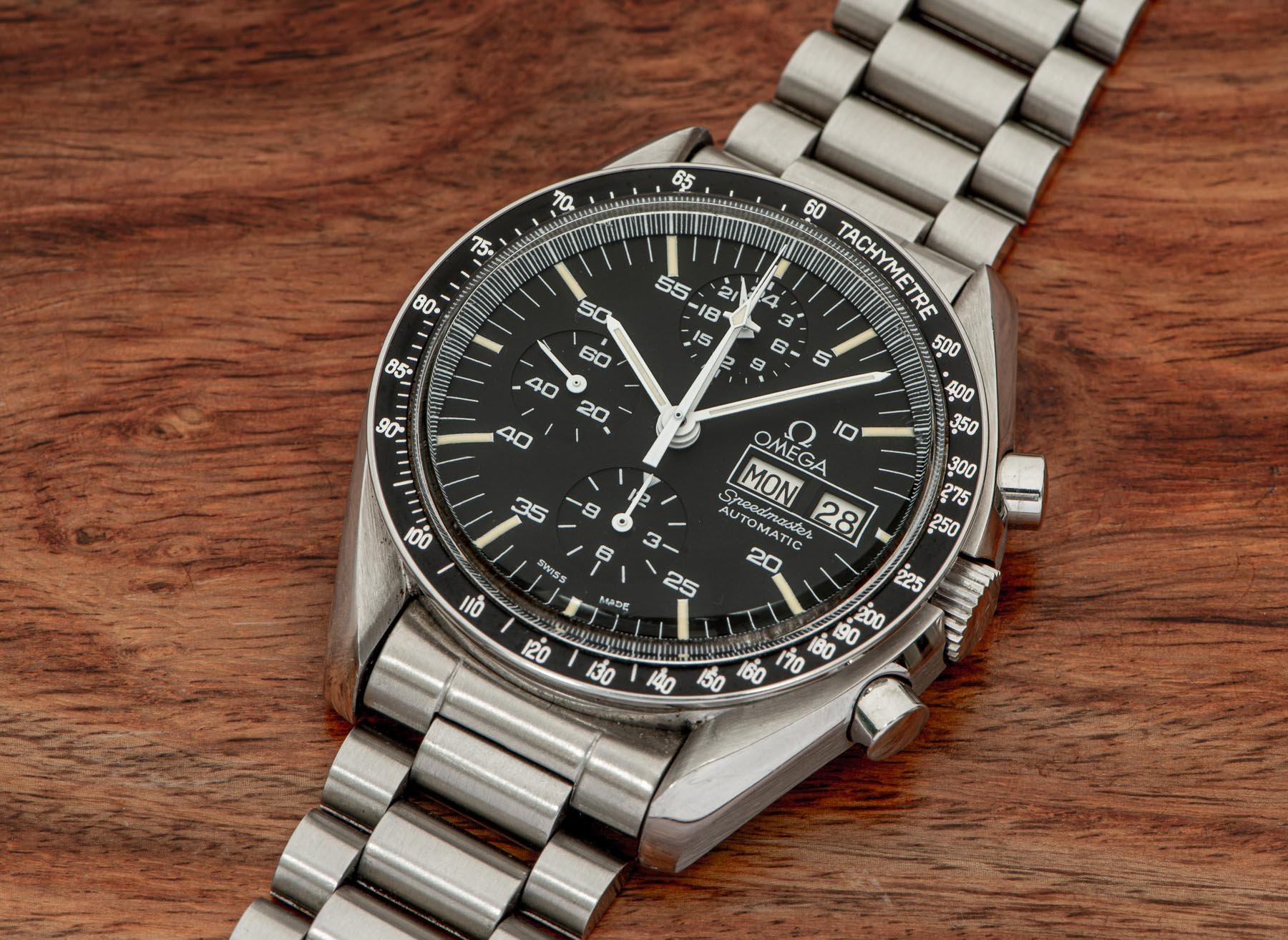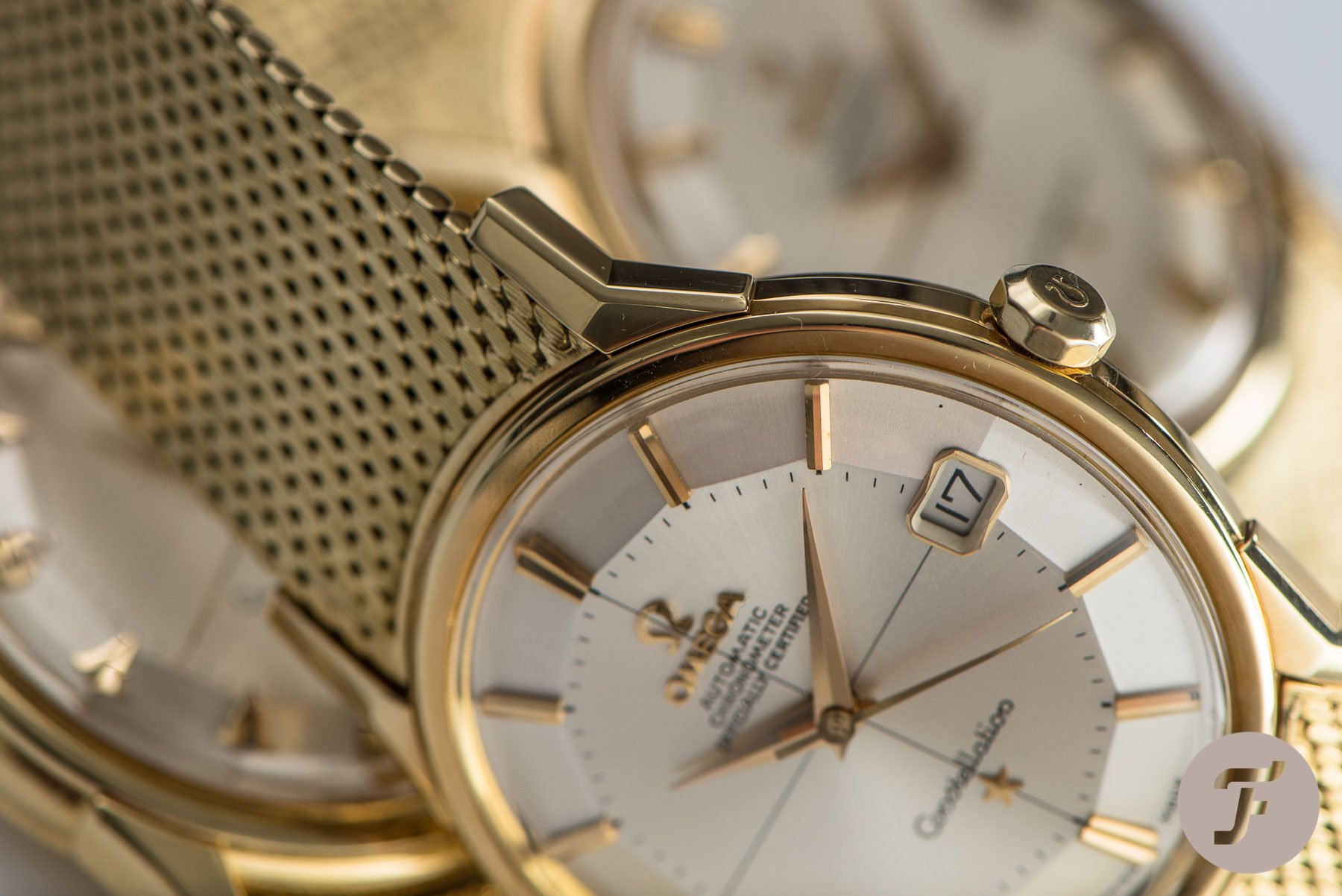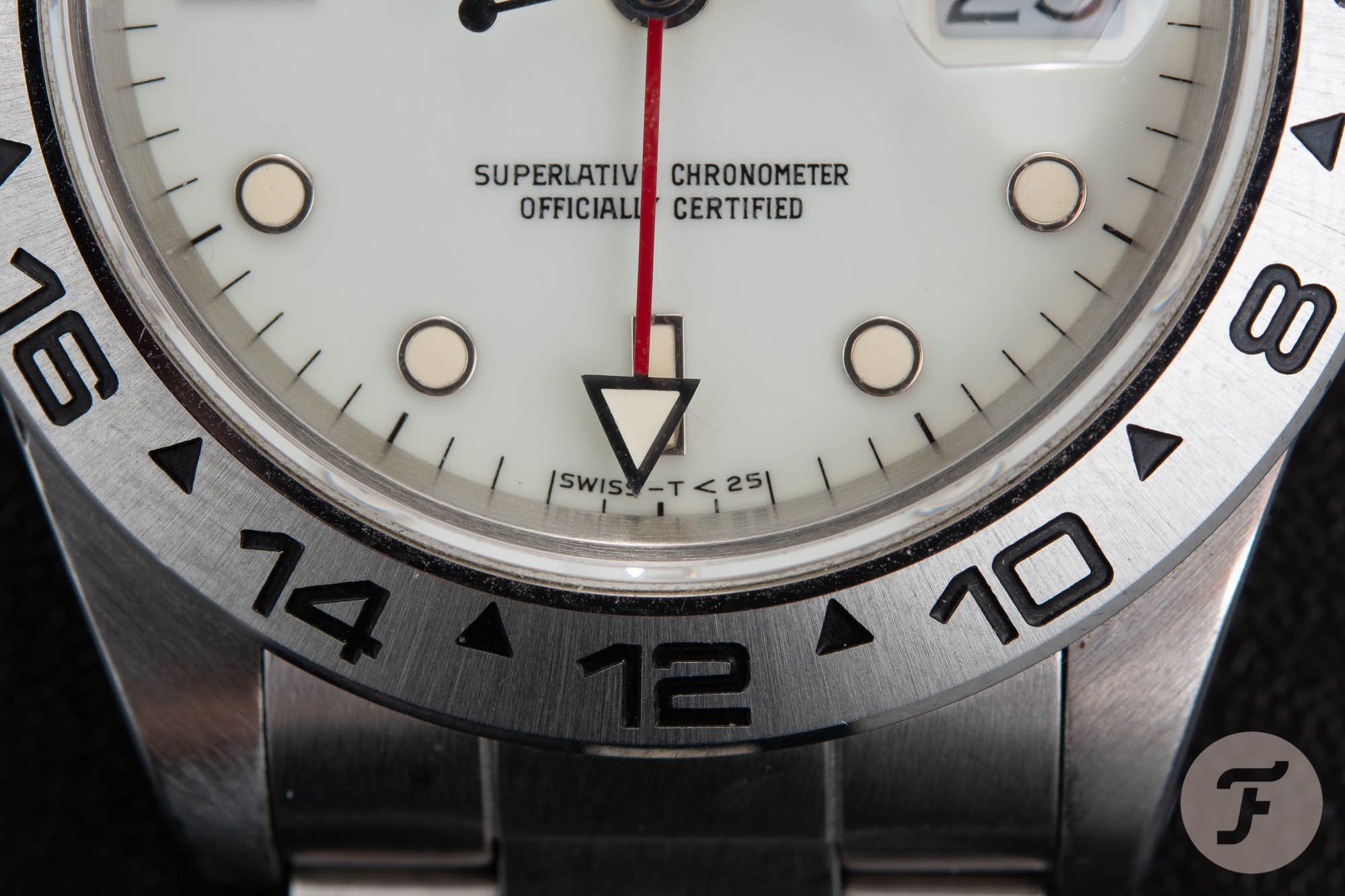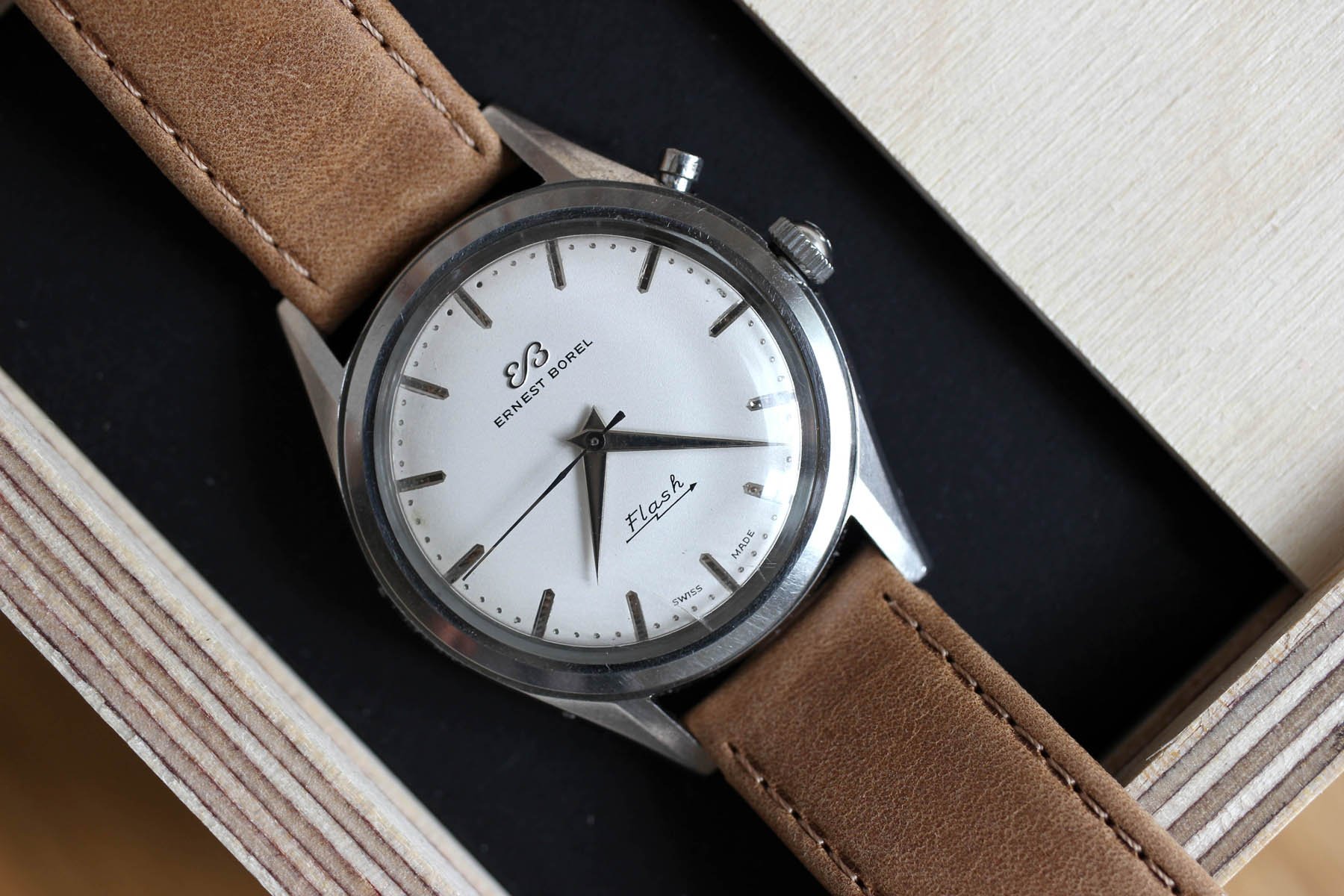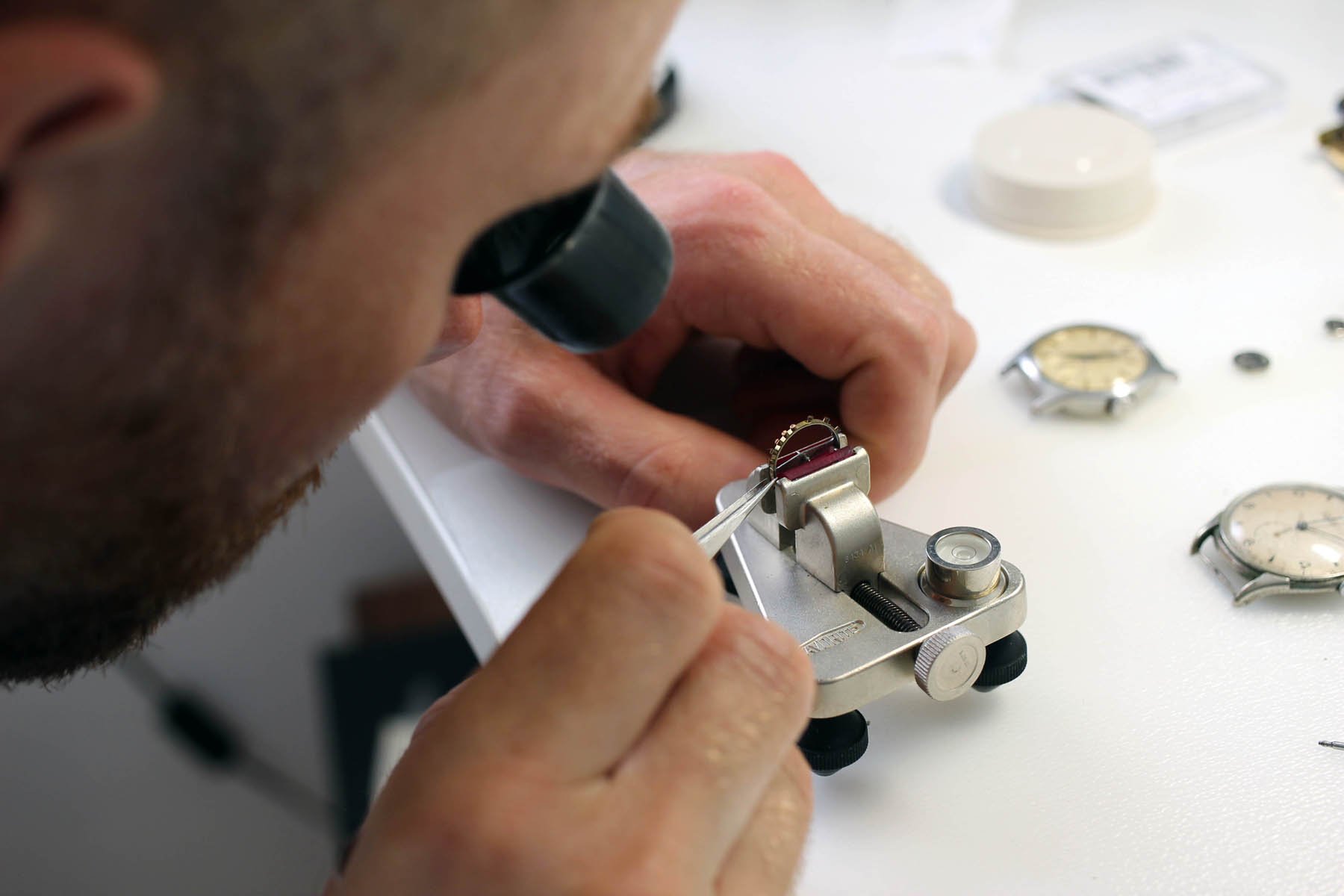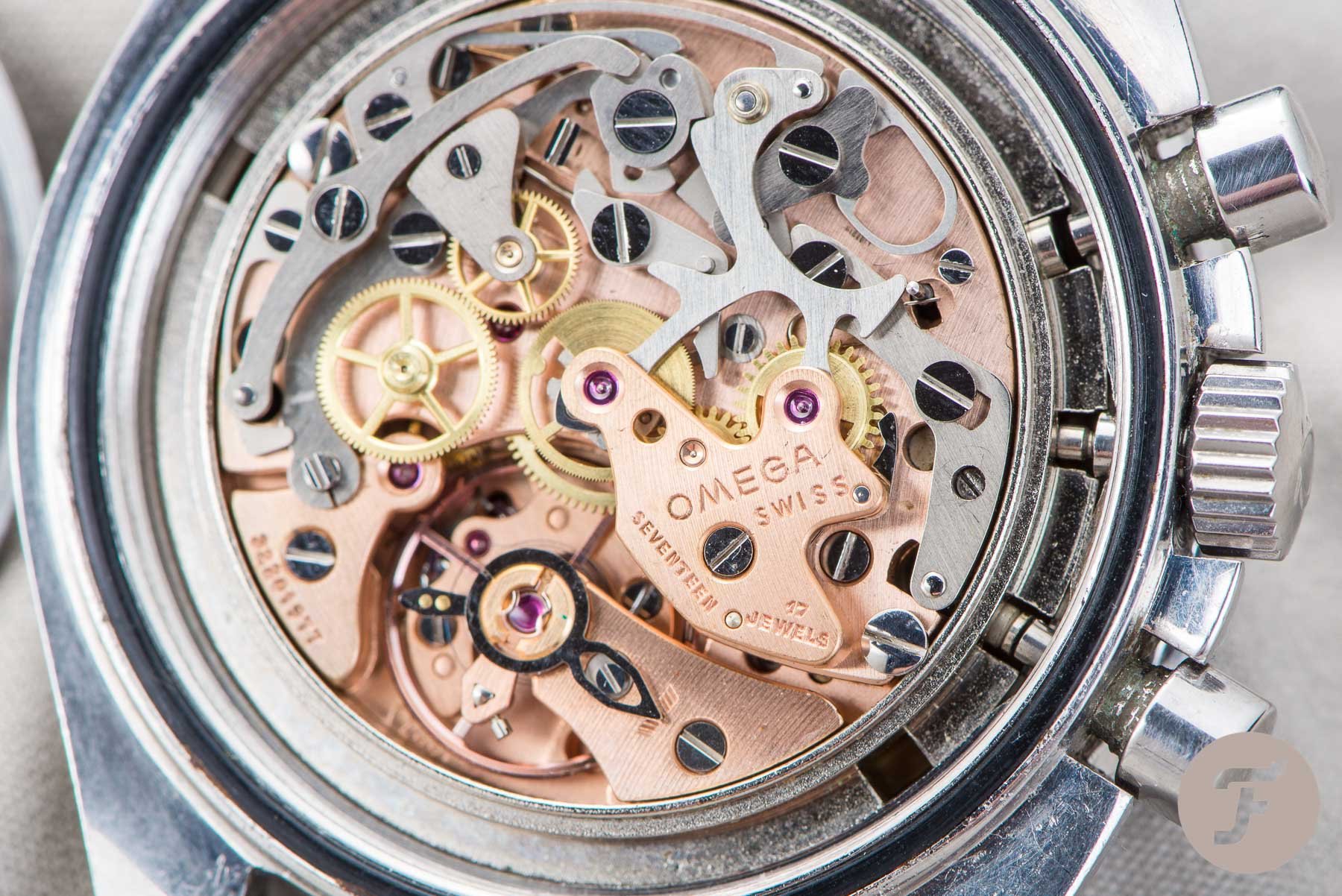For the Love of the Hunt — Why The Waiting Is The Best Part
We all love watches here, otherwise, you wouldn’t be reading Fratello Watches, we love them because of their design, technology, mechanical marvels, or just simply love them for no particular reason (some people say this is the best reason to love). Sometimes this love drives us to collect vintage watches which is a path of equal parts of joy and frustration. Over time, however, I’ve found that the largest amount of time is dedicated to “the hunt”. Learning to love that part of the process makes building a collection all the more enjoyable.
According to the Merriam-Webster dictionary, the definition of the verb “to hunt” is, “to pursue with intent to capture or to search out (seek)”. Both definitions are a perfect fit for (at least to me) the most exciting part of collecting watches. If you are looking to get the right piece, in the right condition, and at the right price, you must saddle up for the long haul. The hunt helps to draw the fine line between collecting and accumulating.
The Watch Hunt
Just to put in context my assertion that “the hunt” is the best part of collecting, let me give you an example. We all know the famous Holy Grail Omega Speedmaster Caliber 1045 Model 376.0822, as Chuck Maddox properly named it. The Grail is an elusive Speedy. It was hard enough to find back in the “good old days” of collecting (early 2000’s and prior). Nowadays, it is even harder to find.
In my case, it took five years to find one in decent condition and at the right price. In that period, very few showed up for sale. When they did, there was almost always something wrong. Sometimes they lacked the original bracelet. Sometimes the condition was poor. More often than not, the price was not in line with the aforementioned criteria. I let those pieces pass. I stayed true to the hunt. And, truthfully, I’m glad I did.
During that hunt, I passed on at least a dozen examples. Finally, I found the right one, from a known seller in great condition. It was fitted with a service dial and hands, but to me, that was on my list of acceptable terms. It was listed at a fair price, so I pulled the trigger. When I finally received the package, I did not open it for a couple of days, just because I knew that the moment I opened the box, the hunt would be over.
Giving a detailed explanation of what the hunt feels is a hard task. It means different things to different people. So let’s better focus on some thoughts of what must be done during the hunt in order to enjoy the process.
Choosing your Rabbit Hole
The first step to build a collection, no matter if it is a three- or 300-piece collection, is to establish the set of parameters. On what is your collection based? What is your goal? What is your budget? And by that, I don’t just mean money. I’m talking about time, too. These parameters must be as clear and specific as possible, in order to create the blueprints of all the time, effort, and money that you will invest in your hobby.
Establishing these definitions is not an easy task. It is, however, critical for the rest of the process. I suggest you go from macro to micro. Start with the type of watch you want to focus on. For example, you could build a collection around dive watches. You could build a collection around formal pieces. Or, if you’re like many of the Fratelli, you could make chronographs your fare.
The next step could be to zero-in on a brand that better fit the type of watch you want in your collection. The order of these two initial steps could be interchanged. In my case, I first chose Omega as my core brand because I feel more attracted to its history and style, as well as in the early stage of collecting I received as an inheritance the Omega Constellation that my father used for most of his life.
Focus
Also, it is important to establish which rabbit hole you will avoid following, and trust me this is as important as choosing what you want to collect. In the process of hunting for any watch, you will find many others as attractive as the one you set your eyesight for the first time, but unless you have unlimited funds, you will end up with a too eclectic group of watches that will not fit on your initial plan.
For example, at the beginning of my own process, I decided to stay away from two brands in particular: Universal Geneve and Rolex. The former because I find out that sourcing parts was very hard for vintage UG (at least for me), and the latter because no matter how great is Rolex, the rabbit hole this brand implies is one of the deepest and most expensive.
Research, research, research
The next step applies through the whole collecting process and is research, research, and more research. Be advised, this a never-ending step that will be involved always in any hunt and will save you a lot of money and reduce frustrations.
In our modern time, the web is full of information about our target watches, there are forums with decades of information archived, it’s key to register and be an active member of the forums, so you could spend time with a lot of people that share your same insane love for watches. It’s good to know that you are not the only one with this obsession. There are forums covering multiple brands such as Watchuseek and TimeZone. Or look for forums specialized in a particular brand like Omega Forums, Rolex Forum, Paneristi, and Breitling Source, among many others.
But please, before you start shooting questions, first flex your search muscles. At the beginning of your learning curve, it’s a good idea to read older posts first because the older ones tend to cover a broader spectrum of information, and the recent ones are more focused on specific details and take for granted a lot of knowledge buried in previous posts.
Fratello should be your first port of call
Of course here at Fratello, you will find tons of info about vintage and new watches. So sit comfortably and dig in Fratello as deep as you wish.
But do not disregard the traditional method of reading books. Every year more and better books show up, covering every detail you could imagine with the added value of the history surrounding the timepiece of your affection. Not to mention how beautiful these tomes look on your coffee table or your library… Just as an example, the Moonwatch Only book, is now on its third edition.
The reason for all this research is quite simple, it will help avoid the infamous frankenwatches. Unfortunately, in the last few years as this hobby has been growing, so too has the number of “Frankenstein” watches (watches built out of parts of donors from the right period and model or not). Additionally, the quality of counterfeit parts has improved a lot. So you need to be well prepared to spot any misplace or misdate part. Never rush to buy a piece if you don’t have enough time to double-check with photos from a trustworthy source. Take your time to study your new prey and never pull the trigger unless you’re ready, if you are in doubt you could ask for a second opinion from the experts in the forums.
Believe me, the learning cycle never ends, everyday a new finding surfaces in the vintage watch knowledge world. The good side is that learning about what you love is always fun.
Find a Trusted Watchmaker
Having a trusted watchmaker will really step up your game a lot. And I mean not just to have somewhere to send your watch for repairs, you must have a direct relationship, so you could call or even better, visit him with questions of your finding, consulting if he could fix any faults in a watch that you found, or just spending time talking about watches in general.
As you know, it’s hard to find a perfect untouched vintage watch, sometimes you find a watch in good condition but with few dubious parts or maybe with movement not working properly. That’s when your good friend the watchmaker will shine as his best, he will give the right advice to go for it, because he could fix the problems with your future purchase. So you could be ahead of the game getting watches than the rest of the buyers, you will be able to bid or buy pieces that others will not even consider. Of course, you have to include the price of parts and labor on your purchase price in order to avoid overpaying, even though in the case of “hard to find” watches sometimes it is better to buy a fixable non-perfect piece, than waiting forever for a watch in great conditions.
Parts first, purchase second
As Tomas covered in his article (Now Is The Time To Save Long Forgotten Watches), it’s a good idea to learn where to find the parts needed to put in good shape your watches. Watchmakers have their own suppliers for parts. Some can even fabricate parts from scratch. Regrettably, however, unless you are their sole customer, your watch will be part of the list of things to do. That means that providing them with the necessary parts will expedite your repairs.
There are several specialized sites where you could find many parts you could need. To name a few Wm. S. McCaw , Otto Frei, Cousin UK Wholesale, and even eBay is a good place to go. Before ordering any parts, double-check with your watchmaker to avoid ending up with the wrong one. Like the old carpenters’ motto measure twice cut once. Check twice, order once.
And finally, while your collection grows, you will need to regularly service your vintage watches to keep them in good condition. Thus, a good watchmaker is key if you plan to use the precious pieces in your watch box. Like any mechanical machine, the movement in your watch requires regular servicing to avoid major problems down the road. This is even more true of vintage watches. Problems in vintage watches could become very complex if they involve hard to find replacement parts.
When to Pull the Trigger
This is the easier part of the process to talk. This bit relies 100% on you. It’s based on the blueprint you defined for your collection. It is based on the price threshold you established for the specific piece in your sight. And let’s not forget, it comes down to the condition of the watch.
You will find that some experts recommend that you should only buy a watch in top condition. They say you should pass on anything with mechanical or cosmetics issues. That is especially true if the watch immediately requires hard-to-source or even with service parts. But to be honest, on the quest for vintage watches that are over 40 or 50 years old, this is a very hard and (arguably) naive rule. Through the course of the years watches need maintenance and repairs, and scratches and nicks will be inflicted by the successive owners in the history of the watches.
Final Thoughts
So if you did your homework studying the specs and characteristics of the watch you are planning to buy and you were able to know a trustworthy watchmaker you could open your radius of operation and buy pieces that many won’t even stop to look at.
Scars and nicks are an important part of the watches I collect. They are proof that these watches were used for their raison d’etre. Just as service parts show that the previous owner loved their watches and took good care of them when something went wrong. All this could be summarized as the horological version of kinsukuroi, the ancient Japanese technique of repairing broken pottery with gold, based on the philosophy that any damages and repairs are part of the history of an object, instead of something that must be covert or hidden.
Now it is your turn to master the skills required to get all the grails you want, and happy hunting.

